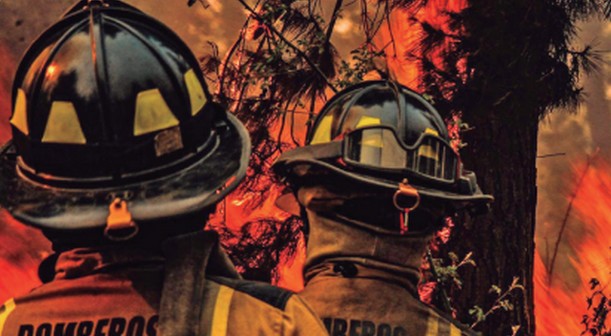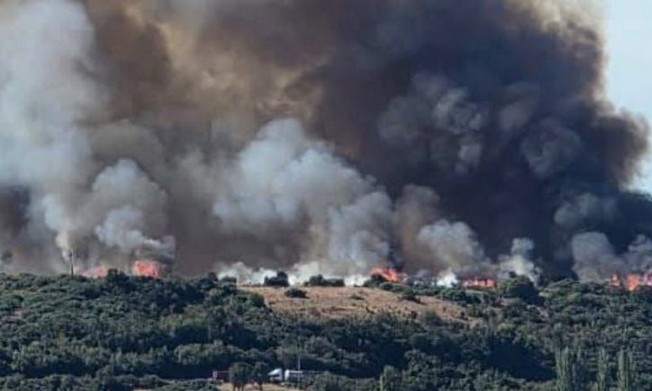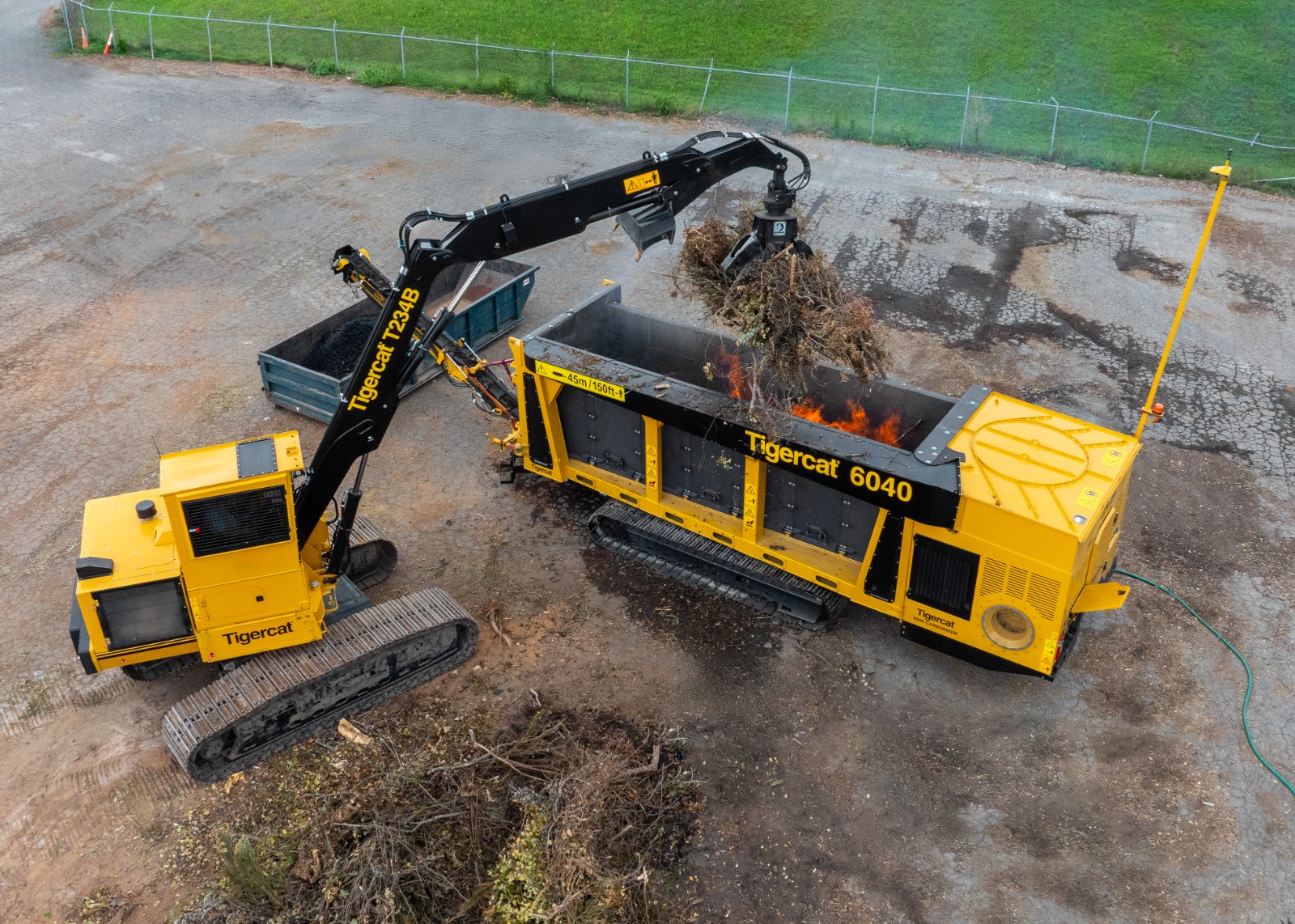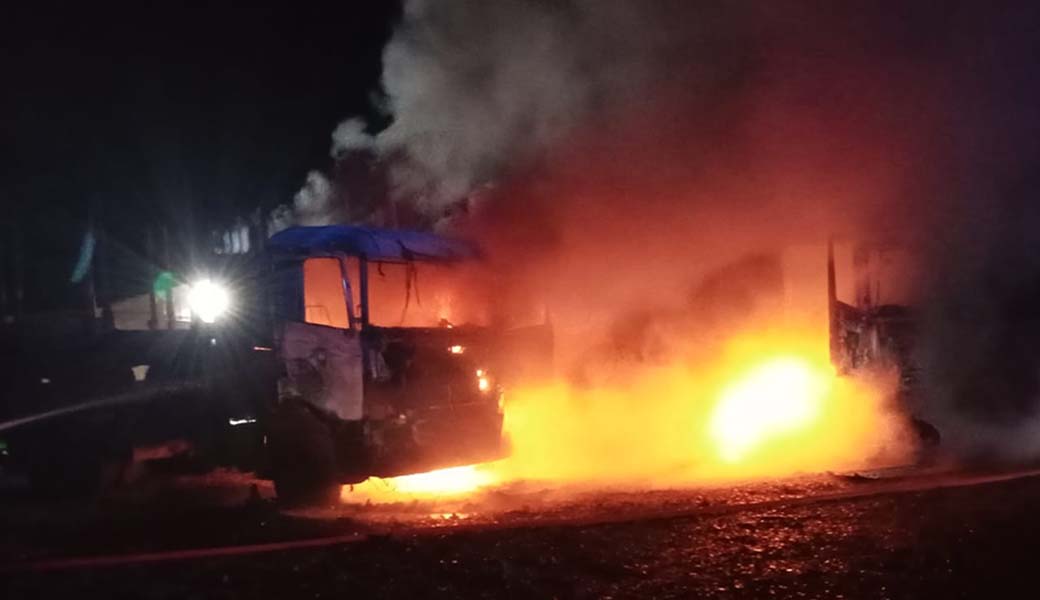The wildfire season in the Biobío region has seen a concerning increase in incidents, particularly in the Biobío Province, which tops regional statistics with 245 fires to date.
This was reported by Esteban Krause, regional director of the National Forestry Corporation (Conaf) in Biobío, who also highlighted a positive aspect: a decrease in the affected area compared to the previous season.
Krause provided a detailed overview of the wildfire season in the region. "We’ve had 598 fires, representing a 14% decrease compared to the same date last year, when there were 697 fires. However, Biobío Province has the highest number of fires, with 245 this season," he commented.
Despite this rise in fire occurrences, the affected area has significantly decreased compared to the previous year. "We’ve seen an increase in the number of fires but a decrease in the area burned. In this 2024–2025 period, 1,080 hectares of pines, eucalyptus, scrublands, and grasslands have been consumed in the region, whereas last year at this same date, 2,942 hectares had been burned," Krause detailed.
However, the main concern remains the high frequency of fires in the province. "We are very worried about the occurrence rate because it has risen in Biobío Province, and every fire can turn into a tragedy that causes fatalities, destroys the environment, and, of course, impacts the economy of those living in rural areas," he warned.
OCCURRENCE PATTERNS AND PREVENTION MEASURES
The official also analyzed the municipalities most affected by fires in Biobío Province. "Regarding this season’s occurrences, the municipalities with the highest fire rates are Los Ángeles, Mulchén, and, far below, Santa Bárbara," he specified.
Additionally, he explained that weekends see the highest incidence. "Saturdays and Sundays are the most critical, but the rest of the week also sees a significant number of fires. For example, Fridays average 37 fires, Thursdays 32, Saturdays reach 41, and Sundays 43," he explained, providing a weekly average of these incidents.
On the other hand, prevention remains the cornerstone of reducing wildfire occurrences, and Conaf has intensified its efforts in this area.
"For us, prevention is fundamental—it’s key to reducing fire occurrences. We’re talking about educational work, creating conditions in rural areas to prevent fires from starting or spreading," Krause stated.
Among preventive measures, he highlighted the construction of firebreaks and caution in heat-generating activities like carpentry, welding, or harvesting. "This is a medium- to long-term effort; we can’t expect overnight results. It’s about changing deeply rooted habits among our neighbors," he added.
RED BUTTON AND LEGAL FOLLOW-UP
An important tool in the prevention strategy has been the "Red Button," an early warning system that activates patrols and reinforces preventive measures in high-risk municipalities.
"The Red Button is a state of alert where municipalities, Carabineros [Chilean police], and other institutions can conduct patrols and strengthen prevention by informing residents to be more vigilant and take extra precautions," Krause explained.
However, the concrete impact of this system is still under evaluation. "It’s hard to say definitively whether there’s been a significant change with the Red Button. We’re in the evaluation phase and will need more data to compare with previous seasons," he acknowledged.
The official emphasized the importance of reinforcing investigations into fire causes to identify potential intentional acts or negligence that could be penalized.
"Significant efforts have been made to equip the Investigative Police, Carabineros, prosecutors’ offices, Conaf, and private companies with wildfire cause investigation teams. This way, if a fire is determined to be intentional, there will be sufficient evidence to convict those responsible," he concluded.
Source:La Tribuna







Comments (0)
No hay comentarios aún. ¡Sé el primero en comentar!
Deja un comentario